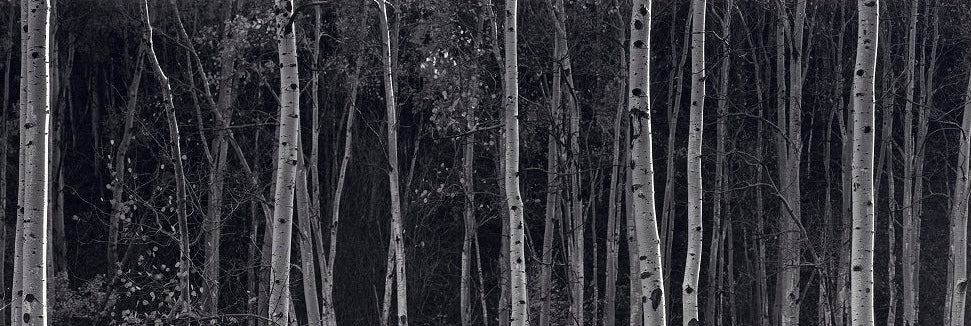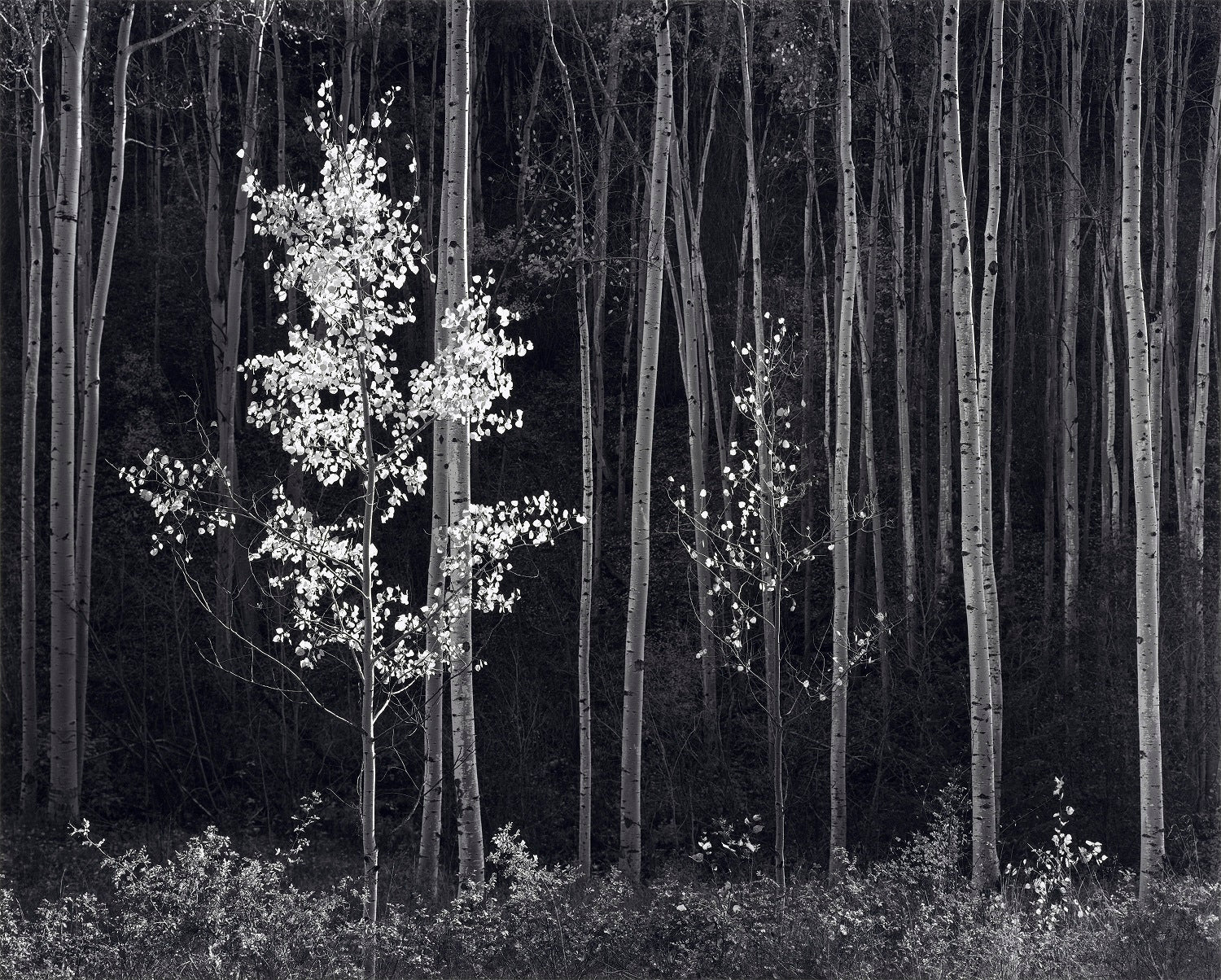
Writing is photography with a pen
On perspective.
Here stands a tree.
For now, that’s all you’ve got.
A solitary tree, standing alone above the fray, an icon of individuality. Or one tree among many, a pillar of community or a young sapling in the shadow of those who came before.
Look closely and locate the ecosystem in its branches. Step back and observe the branches, now still, now dancing in the wind, the whole picture of the tree in its setting.
Yet what is the whole picture? Is it the fractals in the leaves, the roots burrowed beneath, the fungi and fowl that birthed and nourished the tree?
What is a photo of a tree?
If you frame the tree in your camera’s viewfinder, then notice a utility pole cluttering the landscape and walk a few paces to the left so the tree blocks the pole, is that a true picture of the tree? Is it better to show the harsh, cluttered reality, or to abstract out and render just a tree, hiding all else? Is a black and white photograph more honest to the essence of the tree, or a color picture a more sincere reflection of reality?
For photography is reduction. Here stand a dozen choices, of light and time, placement and positioning, contraction and compression. Zoom in, zoom out, stand here or there, let in more light or less; each choice renders a unique composition.

“A great photograph is one that fully expresses what one feels, in the deepest sense, about what is being photographed,” wrote celebrated landscape photographer Ansel Adams. There was no single way to photograph a tree or a mountain, to Adams. There was what he felt about a scene, and how that exposed on film.
A good photograph might be technically accurate: Well composed, well lit, level and balanced and clear. A great photograph is opinionated, showing something old in a new light, a chosen perspective, a way it had never been seen before.
There’s no perfect photograph of a tree. There will always be a perspective-shifting new way to showcase a tree.
Set out to become a better photographer, and you’ll quickly find it’s not about the tools as much as the timing, that you’ll get a better photographer by moving around than by moving up to a fancier camera. You’ll set out to photograph a tree, then take a step closer, and realize that changes everything. You’ll add in some landscape, subtract distractions, wait for the shadows to line up just so, and gradually save your mind’s eye rendition of the tree for posterity.
And so it is with writing.
“Consider the lobster,” penned David Foster Wallace, then in seven pages revealed the red crustacean in ways no photograph could. To Wallace there was no singular lobster, merely a creature or culinary delight or cultural flashpoint. The lobster contained meals and morals alike.
There’s no one best way to write about a lobster. You can take up Wallace’s task, as could a thousand others, each showing the lobster in a way it hadn’t been seen before.
You have to get up and walk around your subject, no matter how mundane, to encapsulate it anew. Get close, and write about the components; step back, and write about the context. What is your subject covering that you could reveal, or what is cluttering the mental image that you could conceal?
“My product is not intended to document the scene but rather to interpret the scene,” wrote Bruce Barnbaum in The Art of Photography. So goes for your prose. Even the blandest copy—a tutorial, say, or terms of service—interprets a few general ideas in some new way. There’s no perfect way to write it. There are only opinionated ways to show those details in a new light.
When you’re stuck, and can’t find the words to write, can’t describe the forest or the trees, move around. Write it in a new way. Focus on something, anything, that you find interesting. There’s something that made you want to write about this topic; let that shine through.
And maybe, along the way, you’ll find a way to make your subject stand out, an unmistakable rendition of what you set out to describe.
For here stands a tree.
